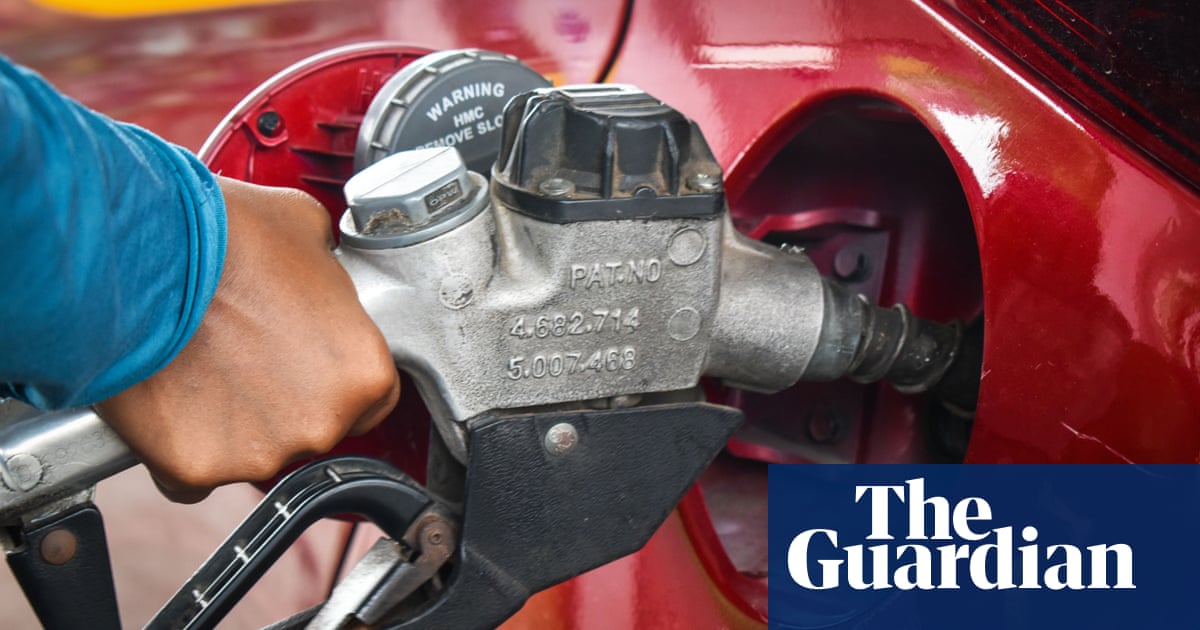mspohr
Well-Known Member
‘Reckless’: G20 states subsidised fossil fuels by $3tn since 2015, says report
The G20 countries have provided more than $3.3tn (£2.4tn) in subsidies for fossil fuels since the Paris climate agreement was sealed in 2015, a report shows, despite many committing to tackle the crisis. This backing for coal, oil and gas is “reckless” in the face of the escalating climate emergency, according to the report’s authors, and urgent action is needed to phase out the support. The $3.3tn could have built solar plants equivalent to three times the US electricity grid, the report says.
But Australia increased its fossil fuel subsidies by 48% over the period, Canada’s support rose by 40% and that from the US by 37%. The UK’s subsidies fell by 18% over that time but still stood at $17bn in 2019, according to the report. The biggest subsidies came from China, Saudi Arabia, Russia and India, which together accounted for about half of all the subsidies.
The G20 countries have provided more than $3.3tn (£2.4tn) in subsidies for fossil fuels since the Paris climate agreement was sealed in 2015, a report shows, despite many committing to tackle the crisis. This backing for coal, oil and gas is “reckless” in the face of the escalating climate emergency, according to the report’s authors, and urgent action is needed to phase out the support. The $3.3tn could have built solar plants equivalent to three times the US electricity grid, the report says.
But Australia increased its fossil fuel subsidies by 48% over the period, Canada’s support rose by 40% and that from the US by 37%. The UK’s subsidies fell by 18% over that time but still stood at $17bn in 2019, according to the report. The biggest subsidies came from China, Saudi Arabia, Russia and India, which together accounted for about half of all the subsidies.







